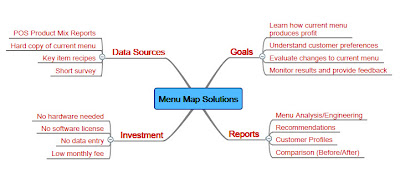Hi Joe - I've had a recent question about counting stocktake and wonder if you could help me answer it. You're welcome to also use it on your blog if you wish.
In our discussion forum the question is:
My question has been playing on my mind since we opened. Where do products that we make and store eg. canneloni, lasagna etc. go in relation to the stocktake? At present, I am counting up all finished products and deducting that from my final costs of goods sold. ( My guess was that if you didn't then you would be counting the flour and the eggs used twice).
Regards,
Ken Burgin
______________________________________
Profitable Hospitality
Management Systems & Profit Strategies for Hotels, Clubs & Restaurants
Sydney Australia ph 1800-001353 (international +612 93401089)
fax +61 2 93692668 mob 0414-660550
Web: http://www.profitablehospitality.com
Twitter: http://twitter.com/KenBurgin
Thanks for the question Ken. I favor including the finished goods inventory in the ending inventory value for all batch recipe products. As long as the operation expects to receive revenue for the item as it was prepared, it should be included in inventory.
These stuffed pasta dishes are commonly sold for several days at the full menu price. Roasted meats are trickier. If the cooked item will not be sold in the primary manner (for example, leftover roast used in hash), they should consider including only 1/2 the value or completely eliminating this item from the ending inventory.
The accounting treatment should be consistent.
